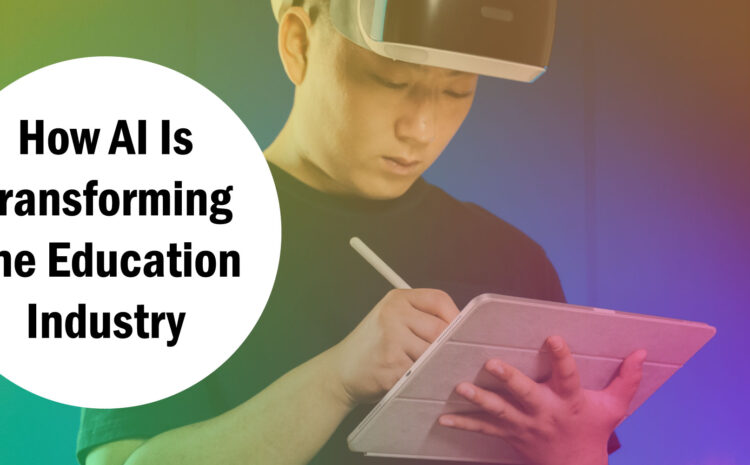Organizations leverage business intelligence (BI) and analytics to solve business problems and improve operations. These software platforms convert data into actionable intelligence that arms companies with the information they need to make tactical and strategic business decisions.
However, today’s business environment is extremely complex. Data comes from an ever-growing number of sources, and it needs to be easily consumed by diverse business users — not just data analysts. In order to keep up with dynamic business changes and growing data complexity, BI and analytics need to change, too.
Fortunately, as the CEO of a company that helps solve enterprise analytics challenges, a great aspect of the work I do is that I get to see who’s driving innovation. Here are five predictions I believe we’ll see pick up steam in the analytics market in 2019.
1. Automation
BI is technology driven. And like virtually every other technology, it is being changed by digital transformation. Examples of this can be seen in corporate data centers moving from hardware-based systems to virtual systems and the cloud. Enterprise networks are another example of how legacy networks that require manual configurations are rapidly being replaced with automated, software-driven technologies.
BI and analytics vendors are looking to help people automate different parts of the process. Gartner predicts that by 2020, over 40% of data science tasks will be automated and performed by machines.
YOU MAY ALSO LIKE
The demand for data automation is being driven largely due to an analytics skills shortage. There are not enough qualified analysts. But business users also have the need to quickly access data, without first waiting for an analyst to prepare it. Automation is a great tool to help shorten the time it takes for a user to realize the value of a product or service.
2. Storytelling
As organizations continue to consume vast amounts of data, users are demanding new solutions that help them interpret and contextualize data so they can make informed decisions with clarity. Storytelling creates an effective narrative. It can turn data into business actions. The blending of art and science, and the rationalization of data through an unbiased creative process, cannot be accomplished with a dashboard.
Every picture tells a story. With BI, storytelling creates depth to help visualize data, by giving interpretation and providing context. Just as a picture evokes more than words by drawing out imagination and emotion, BI storytelling brings life to data, in a way that raw numbers simply can’t.
Next-generation BI platforms will use stories that combine text, images and video to create an engaging and informative experience. By telling compelling stories about the business data, BI platforms will communicate the significance of data insights, from which all users may benefit.
BI platforms with storytelling capabilities are starting to enter the market. But I have yet to see a significant industry leader having a data storytelling capability. I expect significant developments in this area in 2019.
3. Mobility
Years ago, some predicted mobility as the next big opportunity for business intelligence, with the massive opportunity created by smartphones, tablets and the ever-growing mobile workforce. The goal of mobile BI (MBI) was to make dashboards and summary reports more readily available to line of business personnel. Unfortunately, BI vendors simply reproduced the computer experience for mobile devices, creating a rather uncompelling and difficult to use solution.
Next year, I believe we will see a different and more effective use of MBI as it evolves to better address the different ways users consume data on multiple devices. Storytelling will be key to MBI success, as mobile devices become the data access medium. However, they require less data complexity, and they need predictive analysis that is delivered to mobile user devices.
As with virtually every other software-driven technology, MBI will need to automate the data analysis process and enable mobile data consumption as a self-service. As MBI becomes reimagined, it will transform the entire data delivery model.
4. NLQ
With the ubiquity of mobile devices and the advances in speech recognition and voice-activated assistants like Alexa and Siri, there is a growing opportunity for natural language query (NLQ) for BI data retrieval.
NLQ is particularly beneficial for business users, as it allows them to ask questions without having to know about the query language. Next year, I think the text search interface will see the beginning of its end, being supplanted by NLQ, particularly as it pertains to mobility.
5. User Interfaces
For decades now, dashboards have been the go-to interface for data users to consume BI analytics. Similarly, for dozens of years, IT had been the intermediary between users and their applications and services. Today, those users are taking advantage of applications and services, delivered as services on demand. Just as data centers and legacy networks are being displaced with cloud and software-driven networks, BI dashboards are going to be transformed to bring life to vast amounts of complex data/
In 2019, BI platforms will begin to reinvent their user interfaces to enable data and analysis for many different users to consume. We will begin to see the integration of analytics and automated analysis within diverse applications, like UCaaS, email and other pertinent applications — and running on virtually any device.
Business users are driving this demand with their need to support multi-channel strategies and have access to data analytics that supports their diverse yet interconnected customers and applications. The digital transformation that is taking over enterprise IT organizations is also pressuring the BI industry to evolve, to meet the many user constituencies that consume data from multiple sources and from diverse devices. Next year, I believe these predictions will come to support the evolution of business intelligence.

 Twitter
Twitter Facebook
Facebook Linkedin
Linkedin


